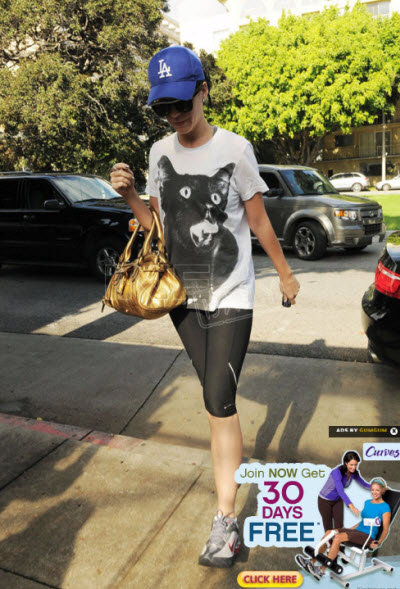
By overlaying ads on top of celebrity photos and other published web photos, GumGum enables web publishers to make money from content on their sites. Since the ads become part of the photos, the publishers don’t have to set aside ad space on a web page to monetize the photos.
[aditude-amp id="flyingcarpet" targeting='{"env":"staging","page_type":"article","post_id":193570,"post_type":"story","post_chan":"none","tags":null,"ai":false,"category":"none","all_categories":"business,media,","session":"A"}']And the company has now created a self-service platform that allows publishers to register a GumGum account and go live with in-image ads in a completely automated way. The in-image ads have been so successful that GumGum now reaches 65 million unique monthly visitors, with growth continuing at a rapid rate, as you can see with the Quantcast chart below.
The company was founded in 2006 by Ophir Tanz and Air Mir. They started with a technology to track photos so that content owners could generate royalty revenue from the people who published the photos on web sites. Now they have completely transitioned to in-image ads. Four months ago, the company began testing its self-service in-image ad
AI Weekly
The must-read newsletter for AI and Big Data industry written by Khari Johnson, Kyle Wiggers, and Seth Colaner.
Included with VentureBeat Insider and VentureBeat VIP memberships.
Tanz says that the click-through rates — which determine how much an advertiser will pay for an ad — are higher for the in-image ads than they are for typical Google ads. Those click-through rates vary, but estimates are that users will click on a Google ad about 0.15 percent to 0.3 percent of the time. With GumGum, the click-through rate varies from 0.1 percent to 3 percent.
Brand marketers have taken to the in-image ads. That’s because the photos — from Britney Spears photos to anything that the paparazzi shoot on a given day — are magnets for eyeballs. That is, people pay attention to them. GumGum’s brand campaign customers include Sony Pictures, Jack-in-the Box, Universal Pictures, Curves, AEG Live, and American Idol. (See live demos here).
Publishers include sites such as TMZ, Essence.com, MTV, Glam and hundreds more. The publishers have figured out that in-image ads — like the ads you see in the middle of shows on TV — are something that your eyeballs can’t escape. The in-image ads are also a new way for publishers to monetize their content without replacing existing ad units.
The company has 10 employees and has raised $3.9 million from First Round Capital, GRP Ventures, and Crosscut Ventures. Rivals include PicApp and Image Space Media.
VentureBeat's mission is to be a digital town square for technical decision-makers to gain knowledge about transformative enterprise technology and transact. Learn More
